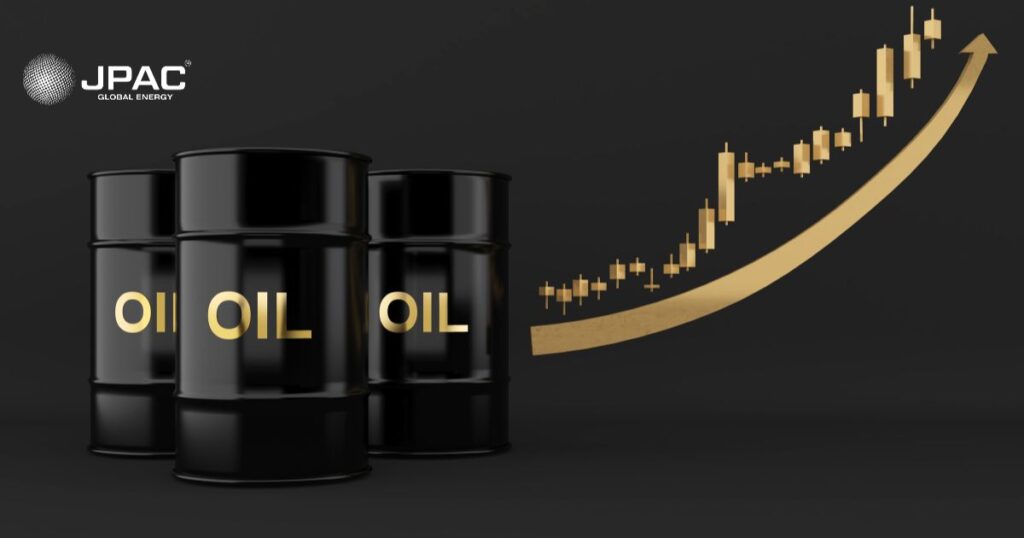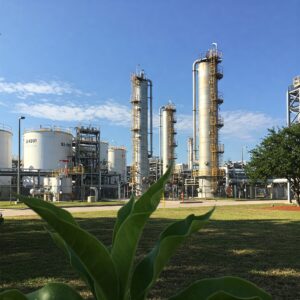The oil market is a dynamic and complex landscape shaped by a web of economic, geopolitical, and technological factors. As we enter 2025, understanding these forces is critical for industry stakeholders. This comprehensive analysis explores key drivers, emerging trends, and potential scenarios that will define the oil market in the coming year.
Key Drivers and Trends: Unraveling the Forces at Play
Oil Market Demand: The Global Economic Pulse
Oil demand is intrinsically linked to global economic growth. In 2025, fluctuations in major economies will play a pivotal role in shaping consumption trends. Key areas of focus include:
- Economic Performance: The recovery trajectory of global economies, particularly in China, India, and the U.S.
- OPEC vs. IEA Projections: Discrepancies between OPEC and the International Energy Agency (IEA) on demand forecasts.
- Regional Variations: How different regions respond to economic pressures and policy changes.
Supply: OPEC+, Non-OPEC Players, and Geopolitical Chess
Supply-side dynamics remain crucial, with several factors influencing oil production:
- OPEC+ Strategy: Production decisions, quota adjustments, and compliance levels.
- Rising Non-OPEC Suppliers: The growing roles of Brazil, Guyana, and Norway in global supply.
- Geopolitical Factors: Ongoing tensions, such as conflicts in Ukraine and the Middle East, and their impact on output.
Price Outlook: The Balancing Act
Oil prices in 2025 will be dictated by a balance of demand, supply, and external economic conditions:
- Economic Uncertainty: Interest rate policies and inflation influencing demand.
- Forecasts from Major Institutions: Insights from the IEA, Goldman Sachs, and Barclays.
- Market Volatility: The potential for price fluctuations due to unforeseen events.

Key Themes and Developments: Navigating the Shifting Tides
Energy Security: Safeguarding Oil Reserves
With geopolitical risks rising, nations are prioritizing energy security strategies:
- Stockpiling Strategies: Countries increasing strategic reserves to buffer against supply disruptions.
- Policy Shifts: Governments reassessing energy independence and diversification.
Sustainability and Decarbonization: The Green Transition
Oil companies are balancing profitability with sustainability:
- Investment in Renewables: Diversification into solar, wind, and hydrogen energy.
- Carbon Capture Initiatives: Technologies aimed at reducing emissions from fossil fuel consumption.
Technological Advancements: Oil’s Digital Evolution
Innovation continues to reshape the industry:
- AI and Automation: Enhancing efficiency in exploration, drilling, and refining.
- Blockchain for Transparency: Improving supply chain tracking and security.
Industry Consolidation: Mergers and Acquisitions
Corporate restructuring is shaping the competitive landscape:
- Major Mergers: The impact of consolidation among leading energy players.
- Strategic Partnerships: Collaboration between oil and renewable energy firms.
Social and Environmental Issues: Addressing Global Concerns
The oil industry faces increasing scrutiny:
- Community Impact: Addressing pollution, land use, and local employment.
- Regulatory Pressures: Stricter environmental laws shaping operational decisions.
Potential Scenarios for 2025: Peering into the Crystal Ball
Boom Scenario: Global Economic Recovery
- Strong economic growth drives higher oil demand.
- Prices surge due to supply constraints.
Bust Scenario: Economic Downturn
- Recession leads to decreased industrial activity and fuel consumption.
- Oil prices drop amid reduced demand.
Volatility Scenario: Geopolitical and Supply Disruptions
- Unforeseen events, such as conflicts or natural disasters, trigger erratic price movements.
- Speculation and market uncertainty fuel instability.
Transition Scenario: Stability Amid Energy Shift
- A gradual move toward alternative energy sources creates a stable price environment.
- Oil remains a key energy component but with increasing competition from renewables.

Key Players and Organizations to Watch
OPEC and OPEC+ Member Countries
- Their production policies remain critical to market stability.
- Decisions on quotas and compliance influence global supply.
Major Oil Companies: Industry Leaders
- ExxonMobil, Shell, Chevron, and other key players drive strategic direction.
- Expansion into renewable energy and sustainability efforts.
International Energy Agency (IEA): Global Energy Watchdog
- Forecasts and policy recommendations impact investment trends.
- Emphasis on balancing energy security and climate goals.
Renewable Energy Companies and Investors
- Rapid expansion of solar, wind, and hydrogen sectors.
- Increasing influence of green investments on traditional oil firms.
Governments and Policymakers: The Architects of Change
- National energy policies shaping oil industry strategies.
- Incentives for renewables and emissions reduction initiatives.
Additional Considerations: Navigating Uncharted Waters
Impact of Inflation and Interest Rates
- Economic policies affecting oil affordability and demand.
- Currency fluctuations influencing global trade.
Role of Financial Markets and Speculation
- Oil futures and hedge fund activities impacting price stability.
- Market reactions to policy changes and geopolitical developments.
Potential for New Oil Discoveries
- Emerging exploration projects in untapped regions.
- Impact of new discoveries on long-term supply dynamics.
Developments in Alternative Fuels and Technologies
- Expansion of biofuels, electric vehicles, and hydrogen energy.
- Market implications for traditional oil consumption.
Looking Ahead: The Roadmap for Energy Success
The oil market in 2025 remains as unpredictable as ever, shaped by economic shifts, geopolitical tensions, sustainability efforts, and technological advancements. To stay competitive, businesses must remain agile and informed about the latest industry changes.
JPAC Global Energy is committed to providing reliable fuel solutions and market insights to help businesses navigate this evolving landscape. Whether you’re looking to secure a stable fuel supply or optimize your energy strategy, our team is here to assist.
Visit our website now or fill out our contact form to explore customized energy solutions for your business.






